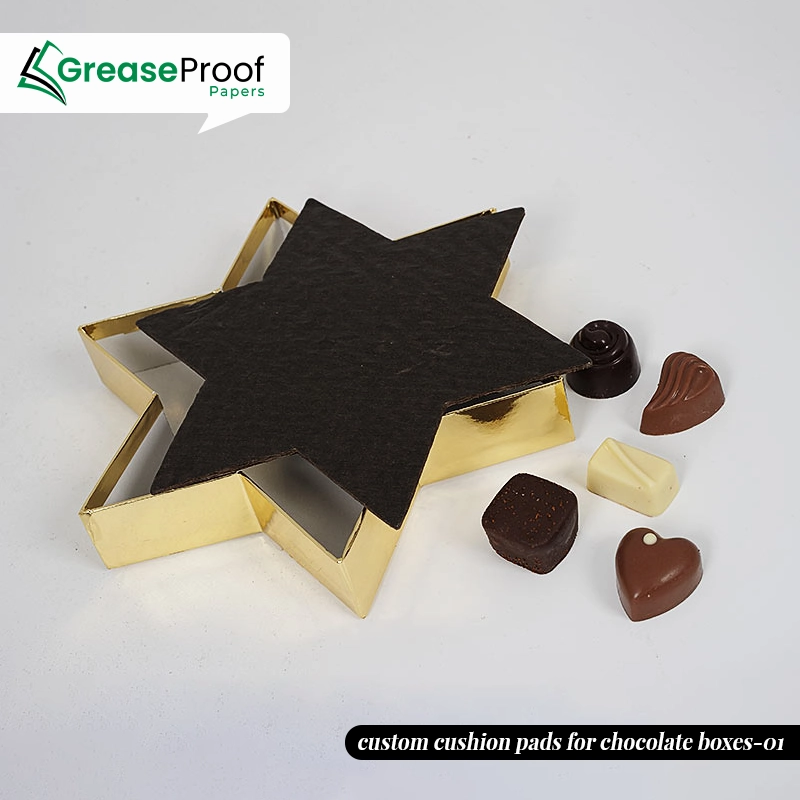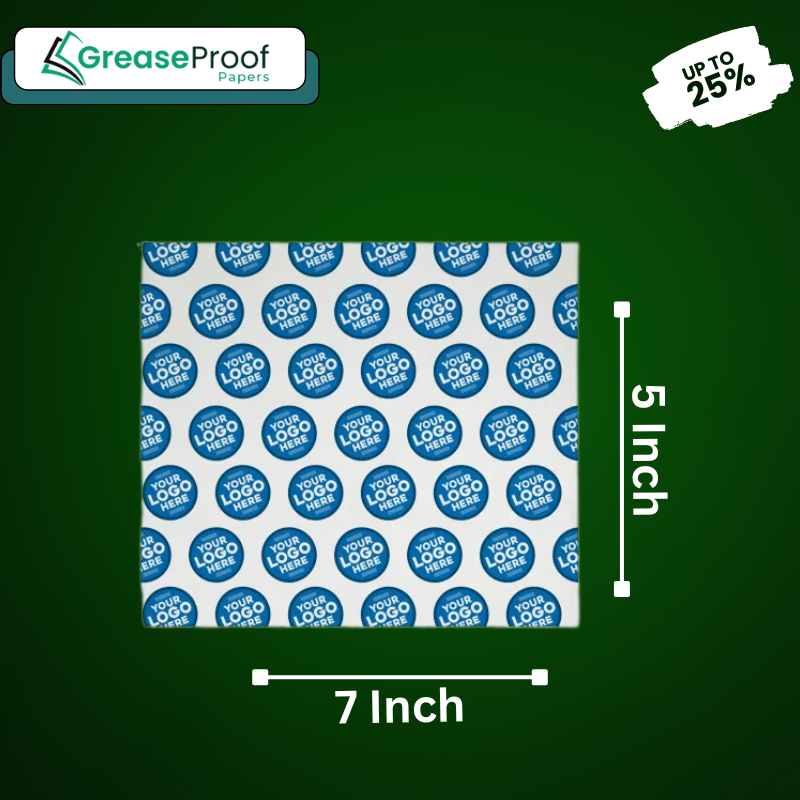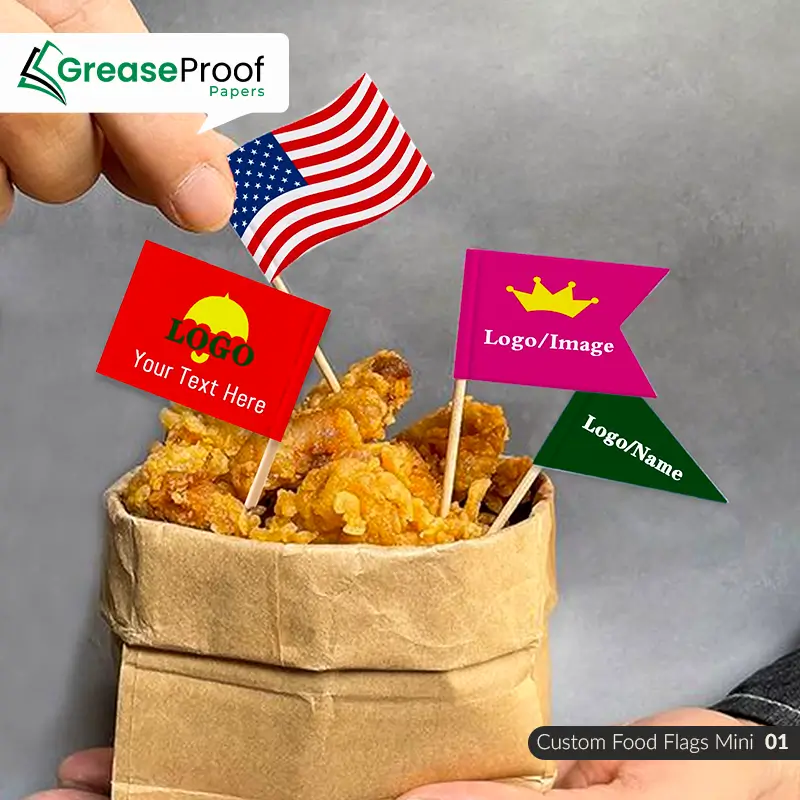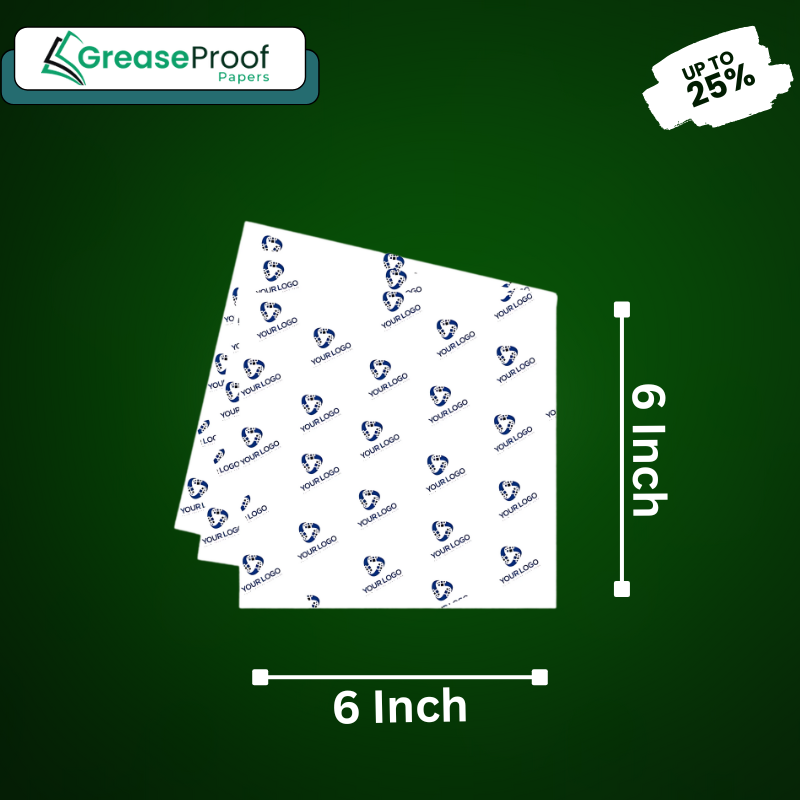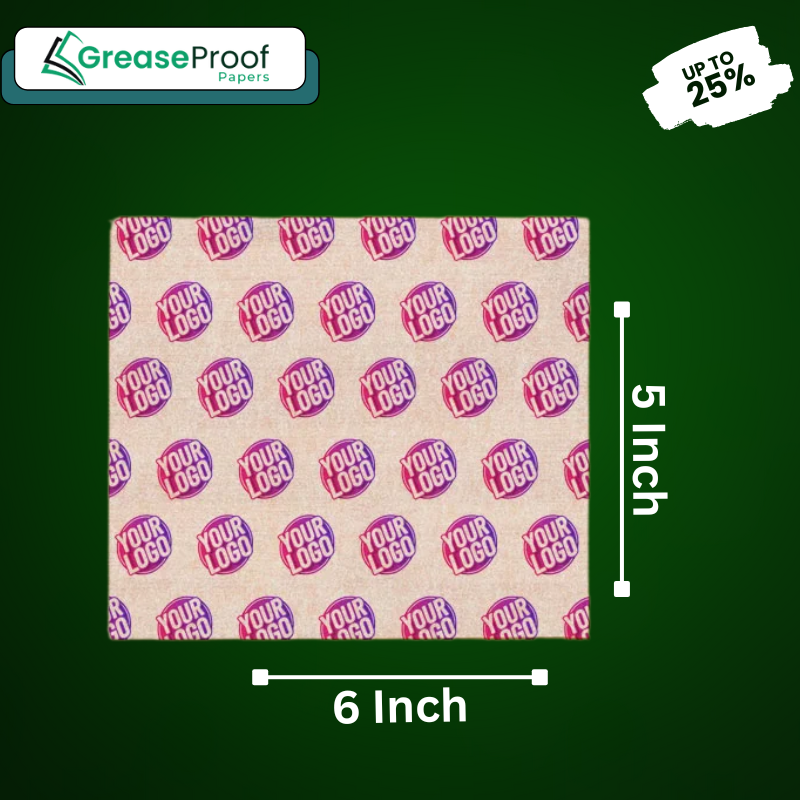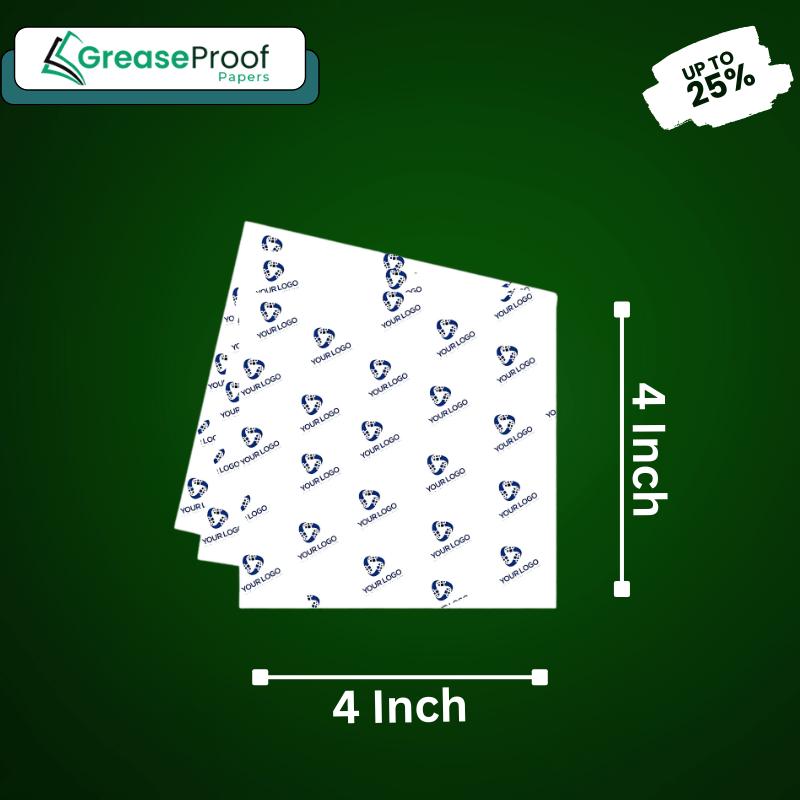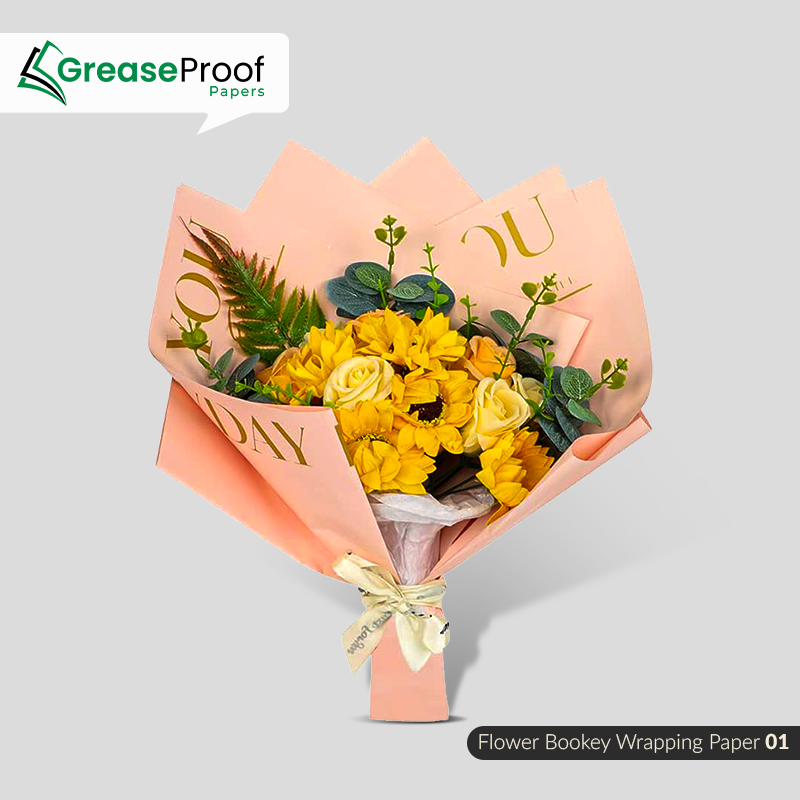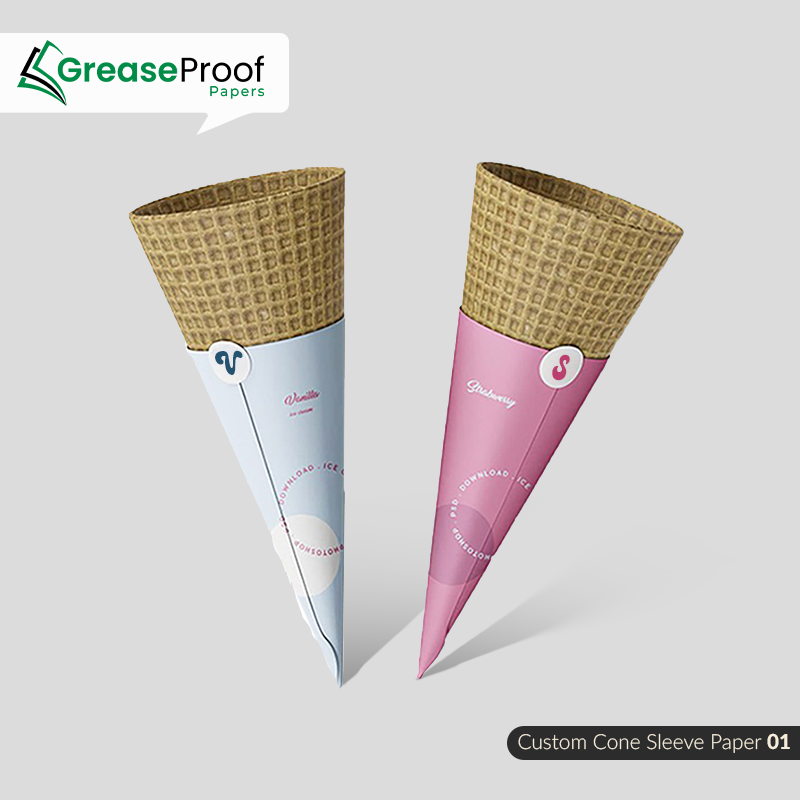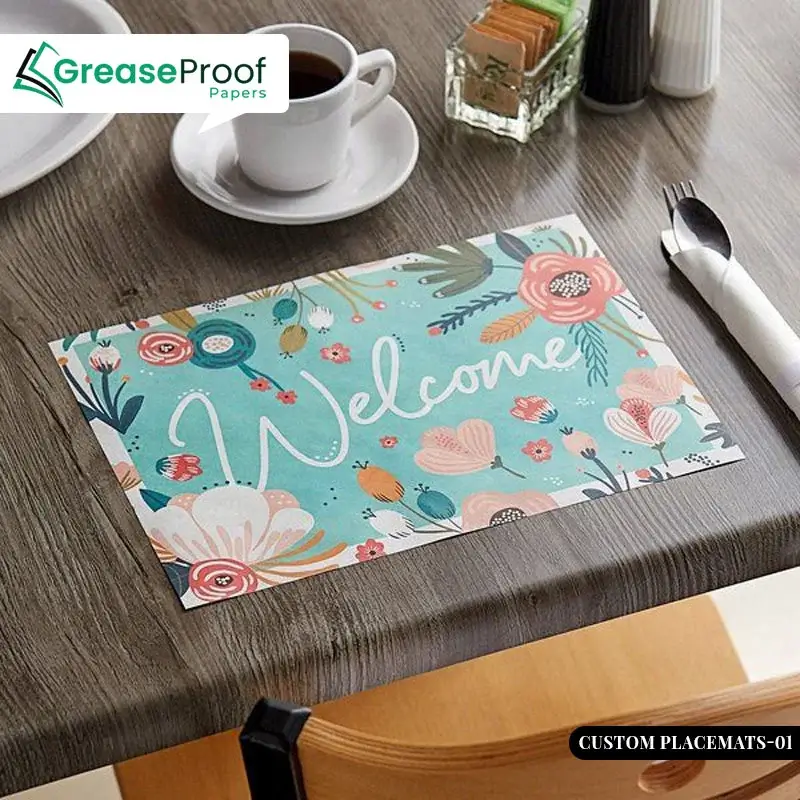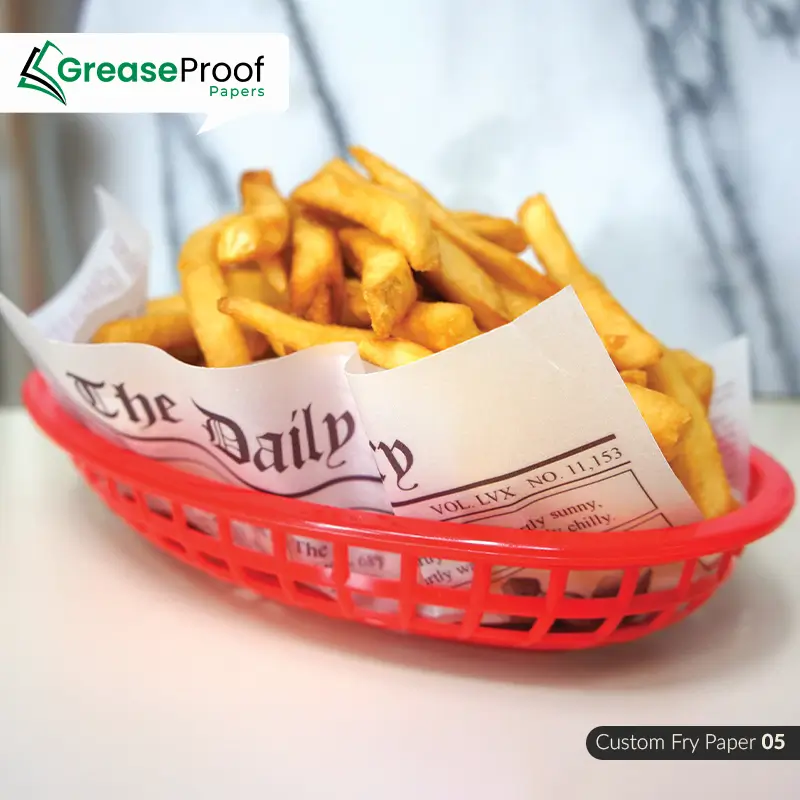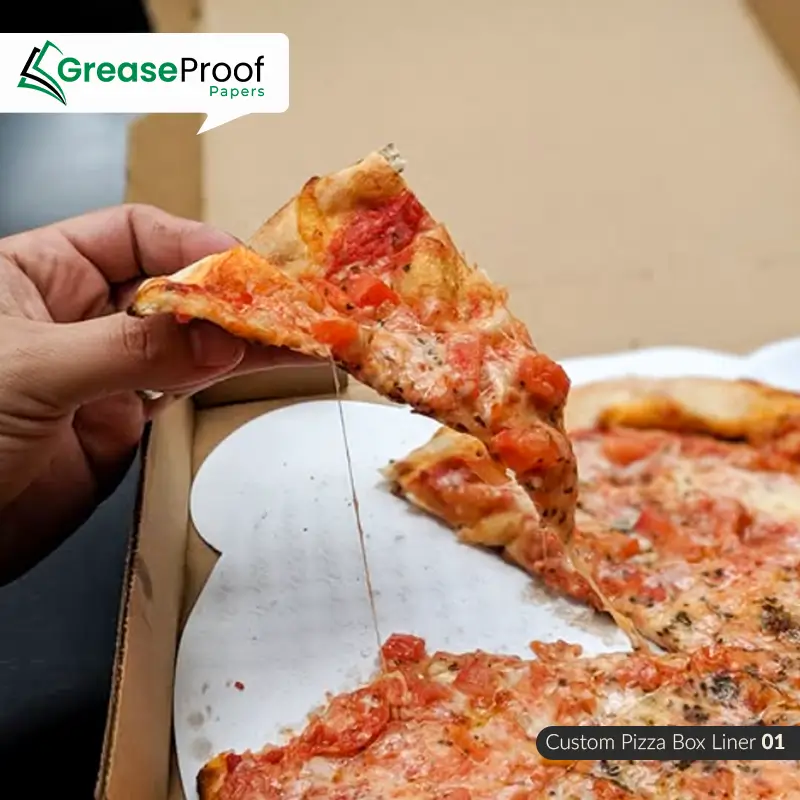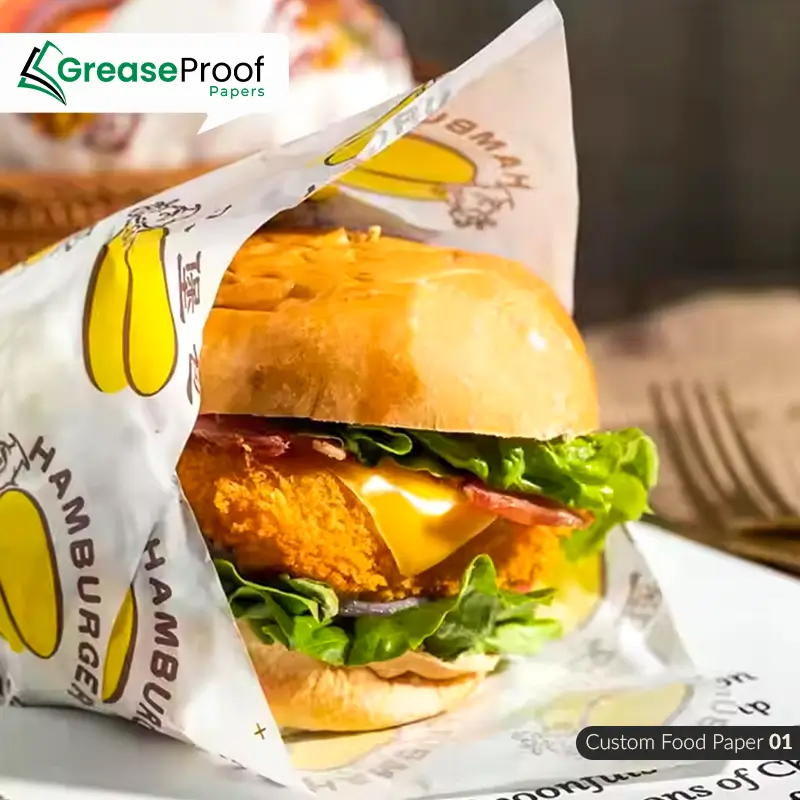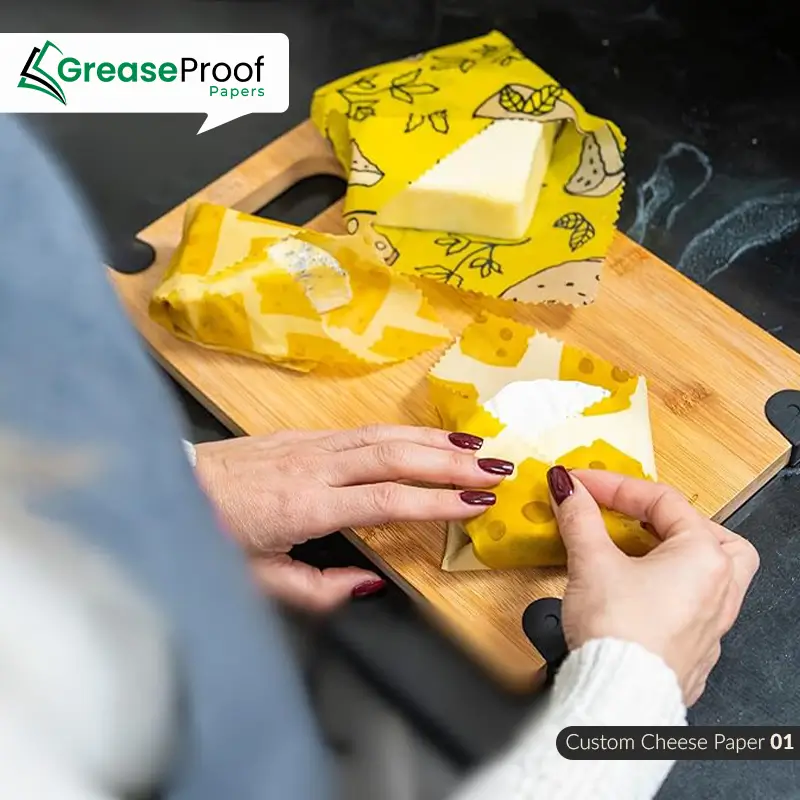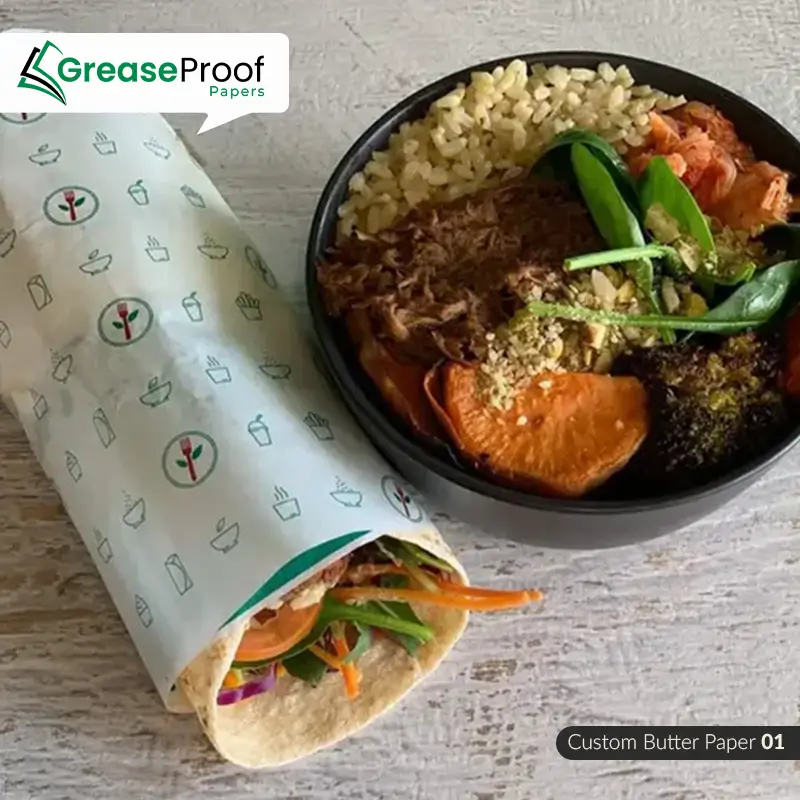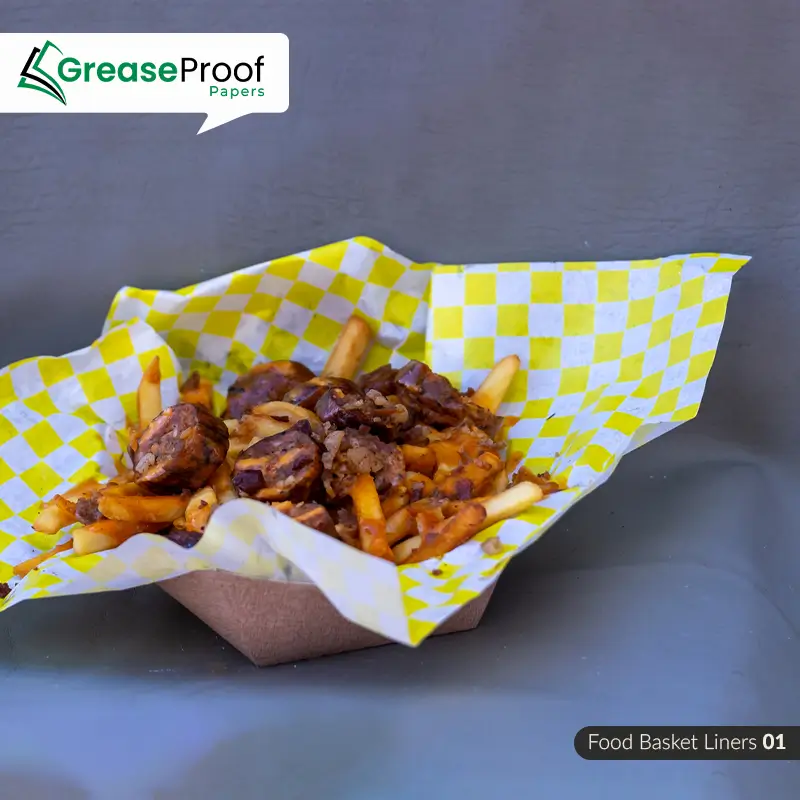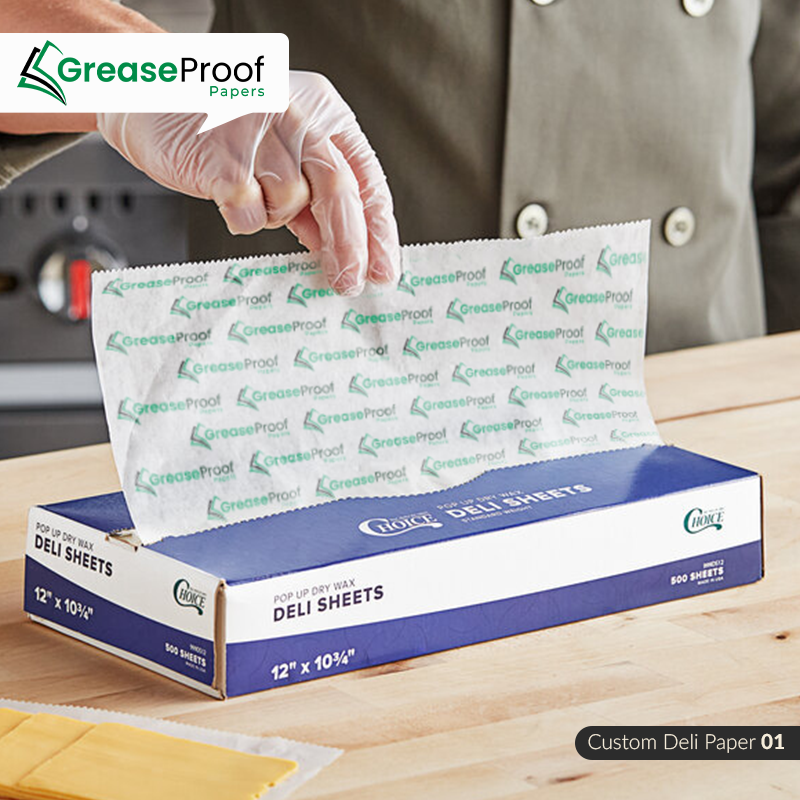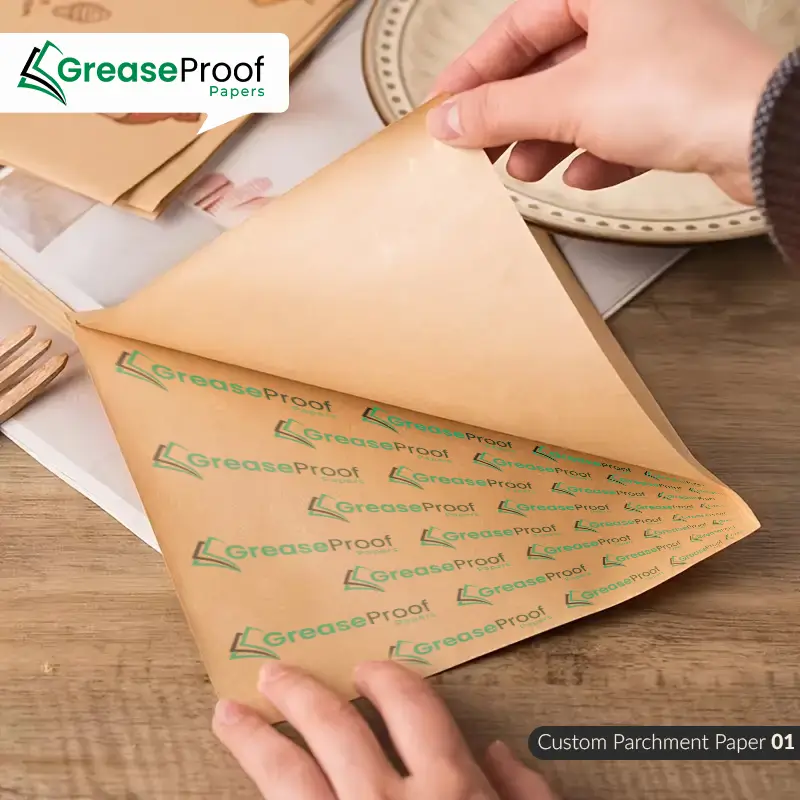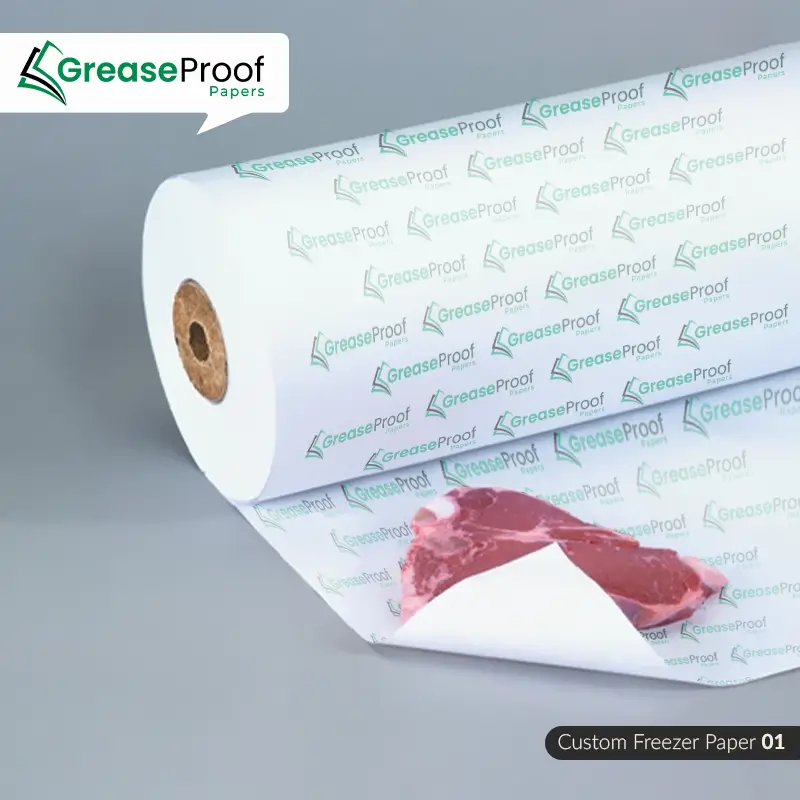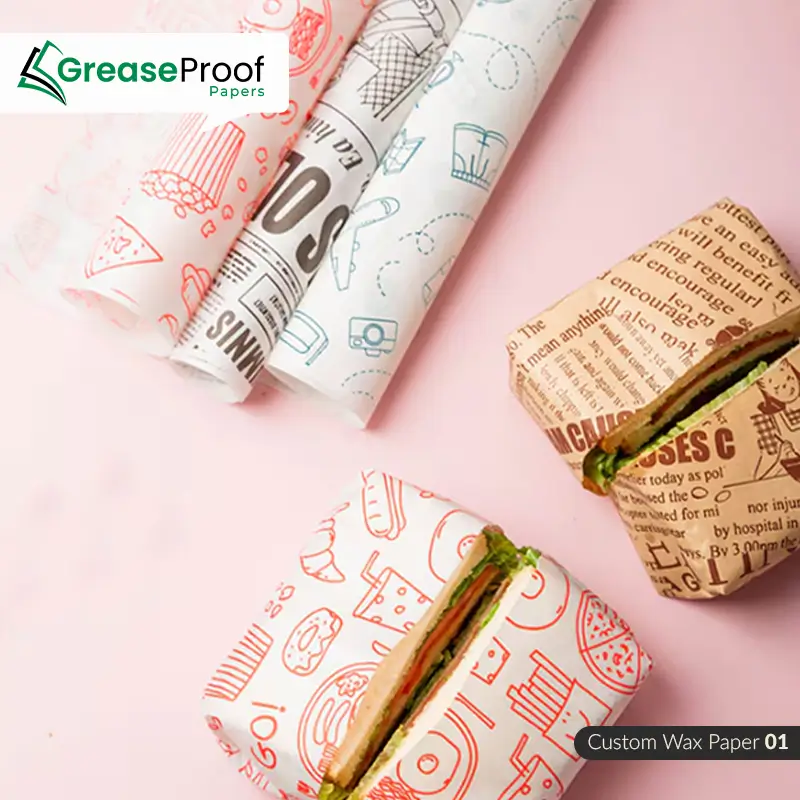
How are Parchment Paper And Butcher Paper Different From Each Other?
October 6, 2024 Uncategorized
Whether running a deli store, a fast food restaurant, or a bakery, you must know about custom parchment and butcher paper. Both papers are sometimes used interchangeably but not always because there are many key differences between the two. Comparing butcher paper vs parchment paper, the main difference that we all see is the difference in application in food preparation. They also have different manufacturing processes, chemical treatments, temperature differences, etc. To know the key differences and similarities between the two, first, we will learn about what these papers are, and then we will chronologically dig deeper into the differences.
What Is Parchment Paper?
Parchment paper is a nonstock custom food wrap that is resistant to heat and is mainly used in baking. This paper undergoes sizing or “parchmentizing,” treating it with sulphuric acid to enhance its qualities. This acidic treatment strengthens the paper and gives it a non-stick surface. Parchment is versatile and used to line the baking pans, to prevent the food from sticking to the utensil’s surface, and in different cooking techniques, such as en papillote. You can also use this paper in ovens as it can tolerate high temperatures.
What Is Butcher Paper?
As the name of the paper indicates, it is used by the butcheries to wrap meat. This paper is made from unbleached, intreated Kraft pulp, which gives it a strong and tear-resistant quality. A custom butcher paper is highly durable, so it is used in different industries such as arts and crafts, as wrapping material, and sometimes even in construction, such as covering surfaces with high foot traffic while painting. The porous nature of the paper is the reason for its breathability, which makes it an ideal option for wrapping brisket in drunk smoking, as it enables the meat to retain moisture while allowing excessive heat to escape through it, resulting in tender meat.
Manufacturing Differences
The question “Is butcher paper the same as parchment paper?” can be answered by comparing their manufacturing differences. Despite the fact that both papers are made from the pulp of softwood fiber, they have several properties that distinguish them from each other significantly. Such as:
Source Material
Butcher sheets are made from Kraft pulp and not treated with bleaching agents. Due to this, this paper has a natural brown color with high durability and breathability. On the other hand, raw material for parchment undergoes special treatment that includes treating the material with sulphuric acid and then coating it with silicone. Both these treatments give non-stick and grease-resistant properties to parchment sheets.
Parchmentizing Process
This process is related to parchment paper sheets because butcher paper does not undergo a chemical treatment. The process of treating the raw material with sulphuric acid is called parchmentizing. This process alters the surface of the paper by breaking down the fiber and creating a more resistant paper having perfect non-stick properties and high resistance to grease and heat. To further enhance the properties of parchment, it is coated with silicone that synergies the effect of sulphuric acid.
Strength And Flexibility
In parchment paper vs butcher paper, butcher paper is tough, durable, and heavier than the parchment sheets. The reason for this is that the raw material custom butcher paper sheets are not treated with any bleaching agent and have excellent resistance to tearing. On the contrary, parchment paper is delicate compared to butcher paper but gains strength due to sulphuric acid treatment. That allows it to resist heat and prevent it from sticking.
Heat Resistance
Heat resistance is one of the most useful features of all the custom food wraps. The extent to which a specific type of greaseproof paper withstands heat makes the main difference. Custom printed butcher paper can tolerate moderate heat; therefore, it can be used only in slow-cooking processes such as smoking meat. However, parchment paper can actually handle heat up to 450, and then it goes off, which is so good for baking and roasting.
Porosity
Butcher paper has less density which means it has high porosity, which allows air to pass through it. It can hold moisture while allowing for steam condensation, making it suitable for BBQs. On the other hand, parchment paper is less porous and is used to retain food’s moisture and to line the baking pans.
Chemical Treatment
Butcher paper is free from any chemical treatment. This paper is unbleached and has its natural strength. Sometimes minor additives like a thin layer of wax coating are applied on the paper, but still, it is highly food-grade and almost free from chemicals. Parchment paper undergoes extensive treatment with chemicals such as sulphuric acid and silicone coating that strengthen the paper and give it non-stick properties. Although parchment is highly treated with chemicals to alter its structure at the end of manufacturing, the paper is washed with water to remove excessive chemicals and make it ideal for food products.
Food-Safe And Durable
Both butcher and parchment paper are food-safe and perfect for use in direct contact with the food without transferring any harmful substance. Although parchment paper is thin, like butcher paper, it is strong enough to resist heat and tearing during cooking.
Non-toxic And Disposable Nature
Both papers are non-toxic and free from harmful chemicals. After treatment with sulphuric acid, parchment paper is washed with water to remove the undesirable chemicals and to keep up with food safety standards. In parchment paper vs butcher paper, both papers are disposable and are used to make the cooking process easier and less messy.
Moisture Management
Butcher paper allows moisture retention during smoking and grilling; parchment paper is used to prevent excessive moisture from affecting the texture and taste of baked food to retain the crispiness of baked food.
Odorless and Tasteless
Neither butcher paper nor parchment paper imparts any flavor to the food. This ensures that the natural flavors of the ingredients remain preserved. Butcher and parchment papers are flexible and easy to fold and wrapped around food. Butcher paper is used to wrap meat products, and parchment is used to line baking pans.
Conclusion
When it comes to comparison between the butcher and the parchment paper, both serve differently in cooking. Butcher paper is more concerned with the wrapping of raw food and moderate-temperature cooking. At the same time, parchment paper is used for high-temperature cooking methods such as baking. There are many structural, functional, and applicational differences between the custom food wraps nonetheless, both are food grade and ideal to serve their intended purpose. If you want to get these custom food wraps in high quality and with food safety certifications, Greaseproof Papers is an ideal option for you to make this purchase. Just click on the link and get the best paper at affordable rates!

